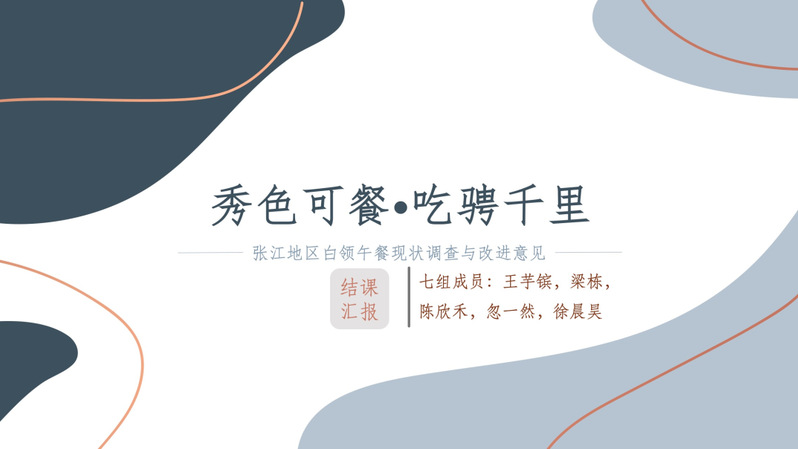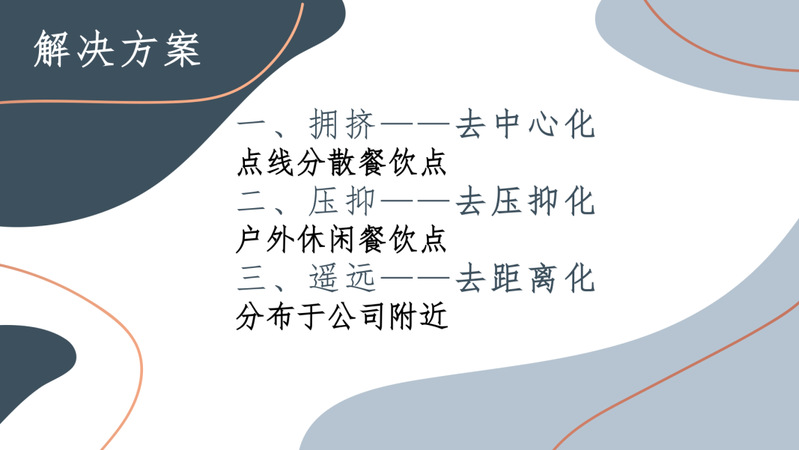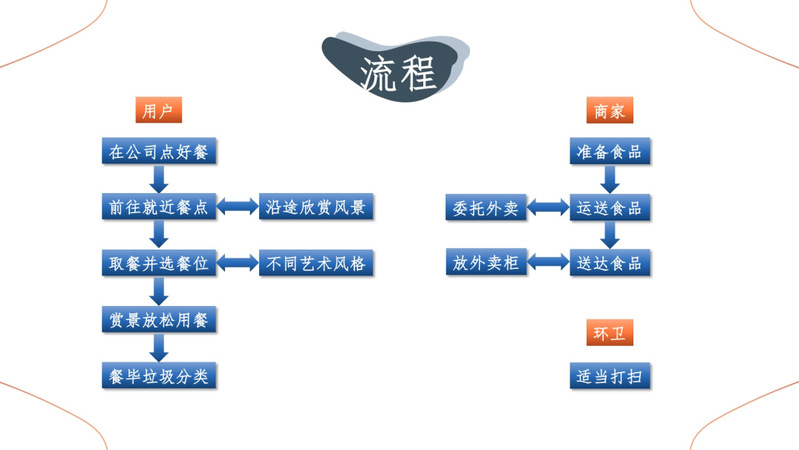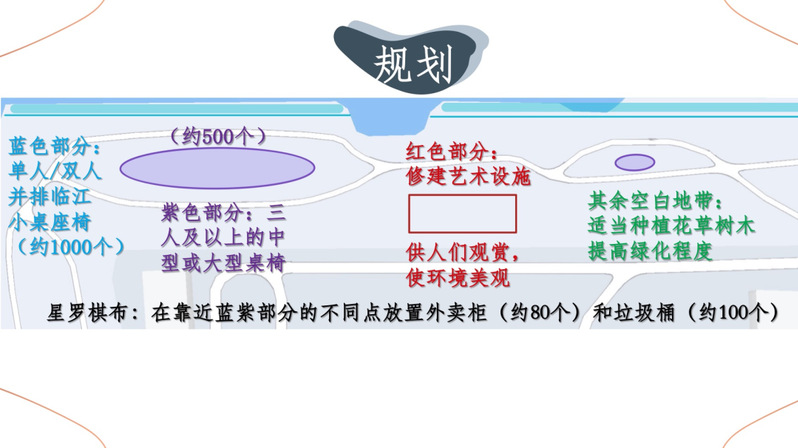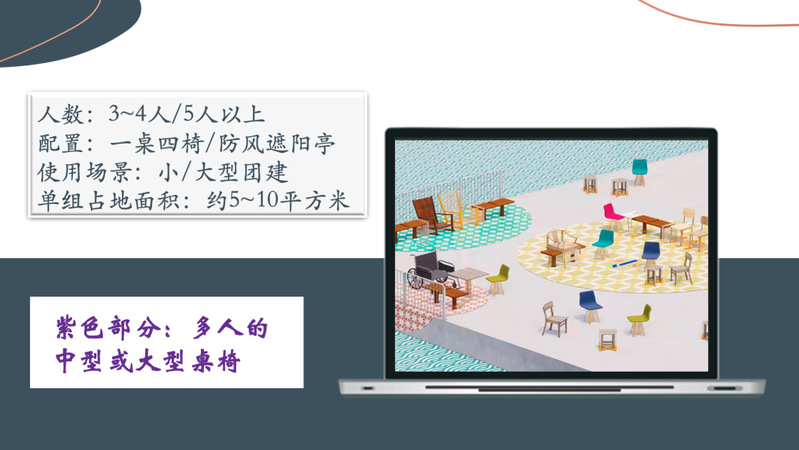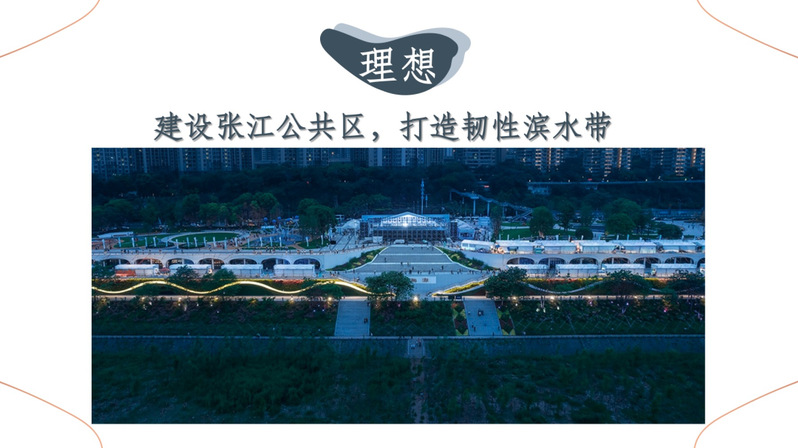Design Thinking
2021Social Design in China
Lecturer: Jidong Yang
Course Assistant: Zhang Chenyang
Class hours: 48 class hours
Course Introduction
This course is jointly taught by a team of professors from the School of Creativity and Art with design research and design development as the main research directions. The course takes creativity and innovation as the biggest driving force, and is committed to enabling students to use the methods and tools of design thinking to improve their ability to discover and solve problems; apply insight into various fields and establish a balance of dealing with multiple technologies and professional research content and integration; training teamwork and synergy skills.
This semester's design thinking course by Mr. Jidong Yang is part of the multi-school joint course of 「2021 Social Design in China」 . The Central Academy of Fine Arts and the Academy of Arts and Design of Tsinghua University take the lead in organizing more than 20 design schools across the country, covering most areas of China. Open-ended course practice, 18 international and domestic scholars and experts in design, sociology and architecture were invited to share online topics, helping students to fully understand the perspectives of international and domestic social innovation design, and to understand global design thinking cases , let everyone learn and practice.
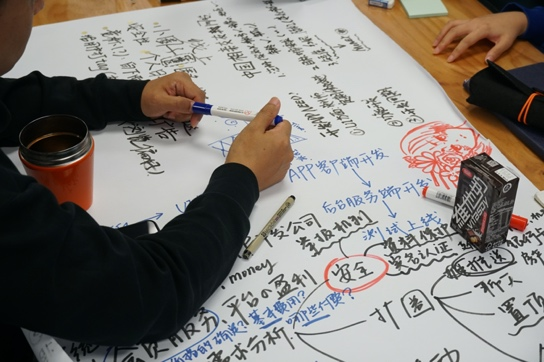
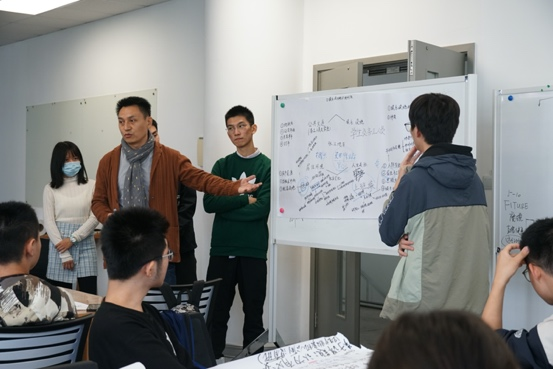
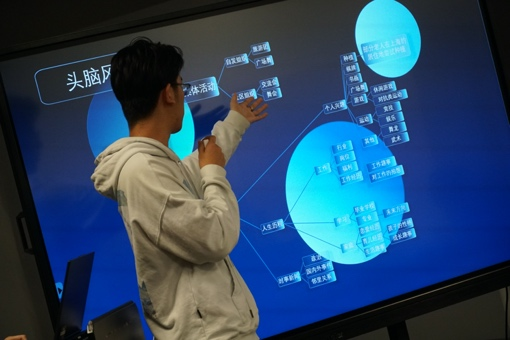
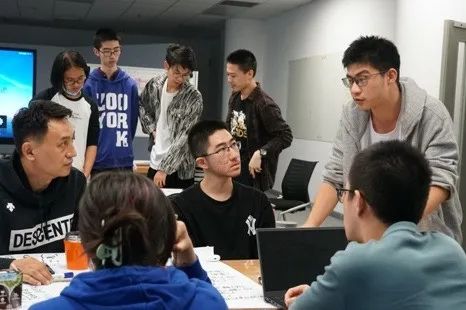
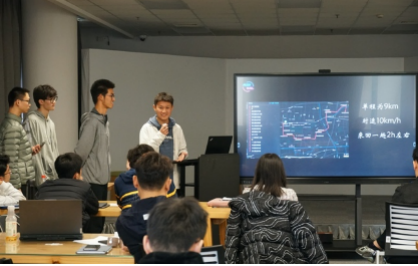
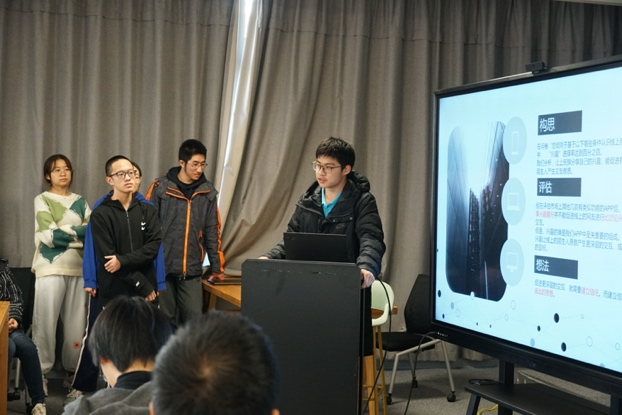
Lecturer

Jidong Yang, an innovation practitioner, is a director of Shanghai Industrial Design Association and Shanghai cultural and Creative Industry Promotion Association. Graduated from Tsinghua University and Jiangnan University, majoring in industrial design. He has more than 20 years of experience in design innovation education and design management. He is deeply engaged in the innovation and R & D of intelligent technology products and fashion consumer goods. Abundant successful practices and unique insights are accumulated in many world top 500 enterprises (Dow, Intel, Philips, Broadcom chips, etc.) and various fields including lifestyle research and brand strategy, marketing and product definition, user experience and interactive design, new material development and application. Many design awards at home and abroad are won, such as IF, REDDOT, Gooddesign, IDEA, and so on.
Subject direction
Based on the background of the "high-tech industry gathering area" in Zhangjiang, Pudong, Shanghai, this topic helps freshman students to quickly change their identities, walk out of the campus as a social person and a designer, discover problems through research, and focus on defining problems. Explore the possibility of creating social value and solving social problems in a "socialized" way in the future, and create valuable and executable design solutions through brainstorming according to policies, regulations, and business laws. Finally, seven group research topics are summarized together , showing a complete innovation map of industrial development and social structure in Zhangjiang.
This course is divided into three stages. The first stage inspires students to think innovatively, break the cognitive boundaries and expand their imagination; the second stage helps students establish and apply the evaluation system of product design; the third stage, understand and become familiar with A variety of design thinking models and methods, choose the design thinking of the double diamond model for social innovation project practice.
Course display
Vitality in the city
Team member:
Jiabei Chen, Jingwei Peng, Qiuhua Pan, Kuixiang Shao, Xinyue Zhang
Most of the young people in Zhangjiang come to live in Shanghai with their parents. The old people are far away from their hometown and their original social circle, and they have a weak sense of belonging to Shanghai. The subject focuses on the regional sense of belonging of immigrant elderly. After surveying more than 30 elderly people in Vanke Jade, the group found that they have social needs and at the same time they cannot find suitable places for socializing and activities. Therefore, the group hopes to solve the social problems of these immigrant elderly people by providing a place for leisure and entertainment. problem.
The design plan of this group plans to transform an open space of about 5 hectares near the Shanghai University of Science and Technology into a shared vegetable garden-style leisure park. The park consists of a shared vegetable garden and a leisure and entertainment area. The vegetable garden is contracted to the elderly living nearby by making an appointment, and the crops are planned and planted according to the growth cycle, ornamental and other perspectives, so that the vegetable garden can not only share knowledge, socialize in circles, but also share the fruits of labor. Let the park become a beautiful scenery in Zhangjiang area.
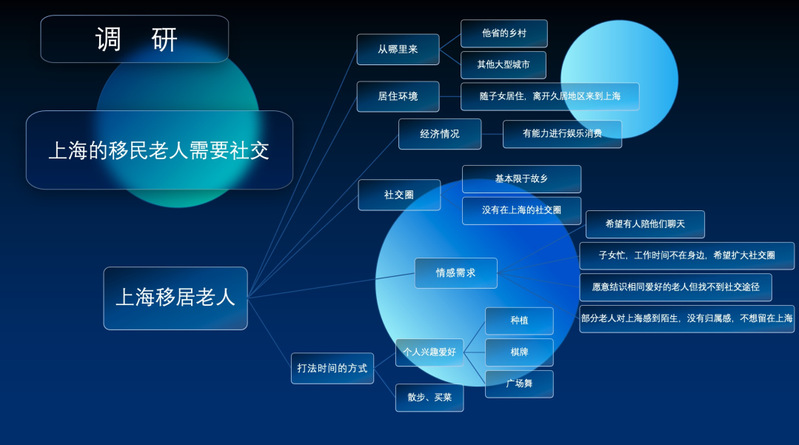
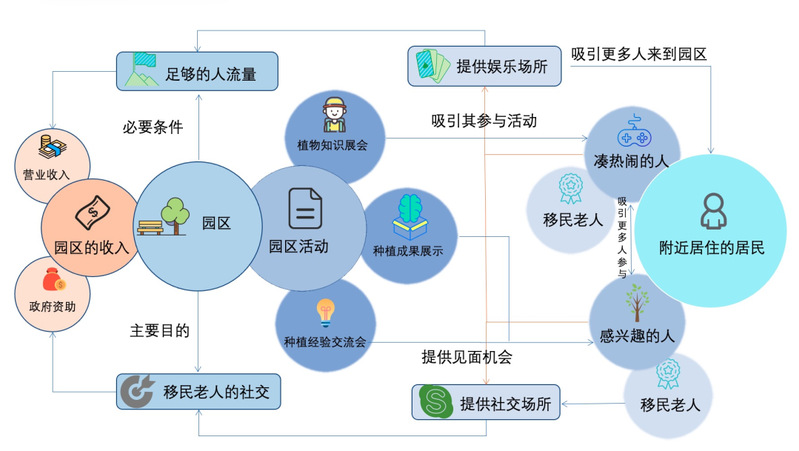
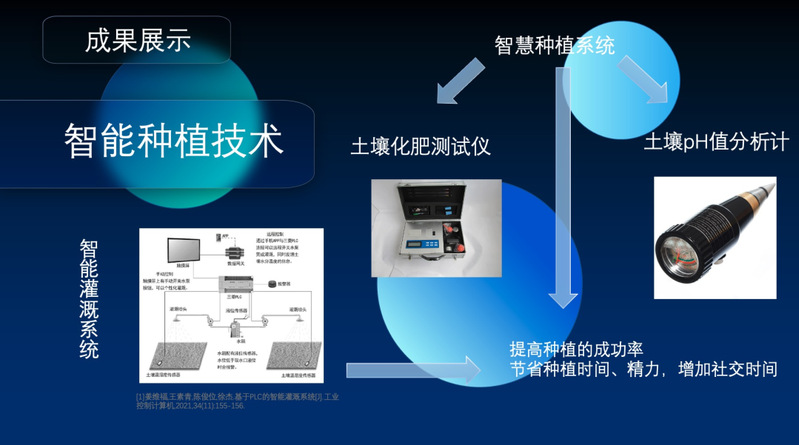
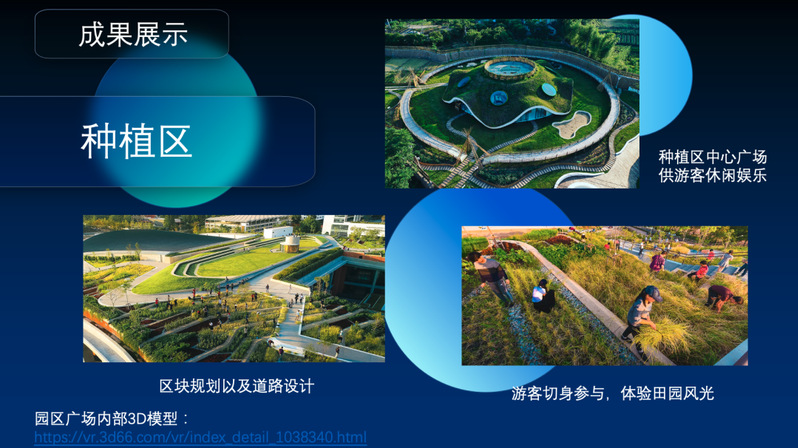
Family——
Metafamily APP based on big data and artificial intelligence
Team member:
Zixin Dong, Jiahao Wang, Dingran Gu, Pengyu Long, Sijie Xu
Through the investigation on the difficulties of emotional communication between construction workers and left-behind children in Zhangjiang, I hope to design an APP by means of network communication, big data and artificial intelligence and other technical means to build a customized parent-child interaction platform. It aims to help construction workers interact with children , find the emotional pain points between yourself and your child through deep learning and data analysis of emotional expression, and output communication themes to promote emotions; if you encounter problems, you can ask questions in the community, and people can answer them, and other parents can also provide help; community rankings promote interaction proceed. As an employee benefit of a construction company, it cooperates with the university to become a student social practice project, forming a closed loop.

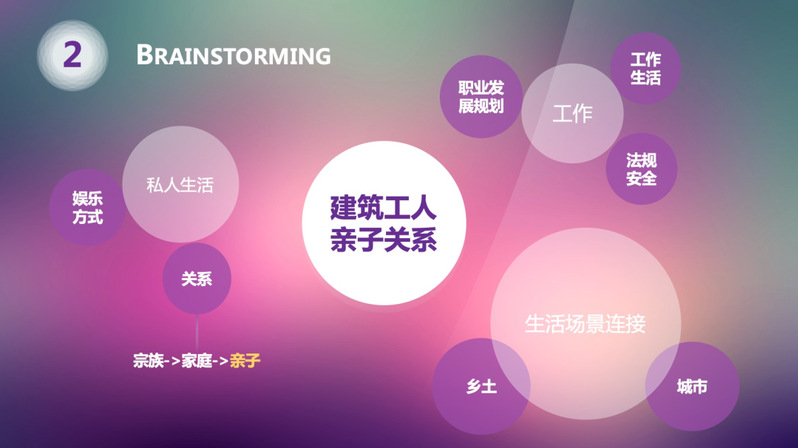
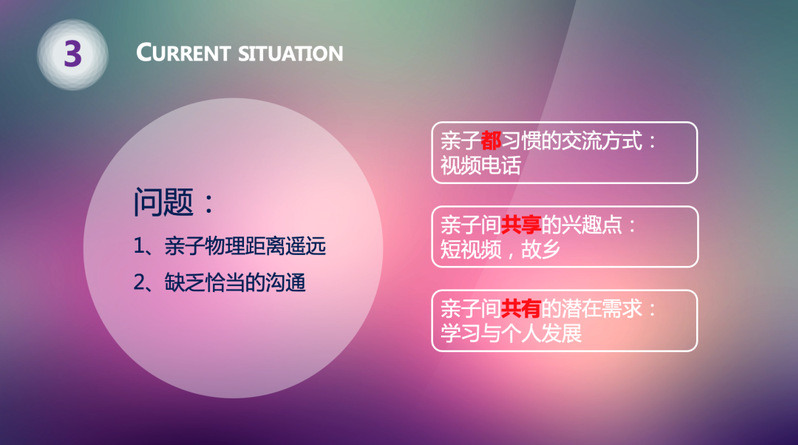
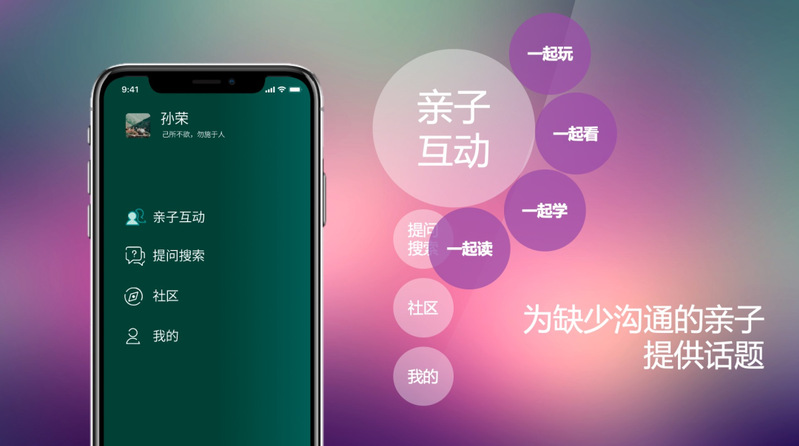
ALCORAIL——The Bar Train
Team member:
Xinlu Zhang, Yuxiao Wu, Kuan Sheng, Jiachen Qi, Yuxiang Zhou
The lack of entertainment in the Zhangjiang area is especially evident among young workers in Zhangjiang. In response to this phenomenon, combined with the current dismal operating conditions of Zhangjiang railroad trains, we have envisioned a convenient entertainment and social model for Zhangjiang commuters—renovating railroad trains and turning them into bar trains.
ALCORAIL will be divided into two parts: the train and the open-air bar. The open-air bar is responsible for gathering people and supplying the train; and the train is divided into four themes to meet the needs of different groups of people. In the design of the train, a large number of high-tech, such as AR, etc. are integrated, which can not only enrich the passenger experience, but also highlight the characteristics of Zhangjiang. The one-way train is 9km, with a speed of 10km/h, and a round trip takes about 2 hours. It operates from Sunday to Thursday from 19:00 to 24:00, and from Friday to Saturday from 18:00 to 2:00. The ALCORAIL project can be used not only as a new entertainment and social model, but also as a landmark in Zhangjiang, highlighting the vitality of Zhangjiang.
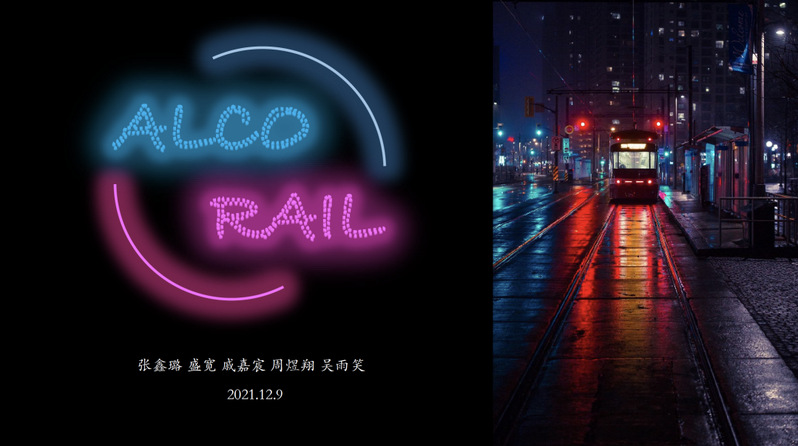
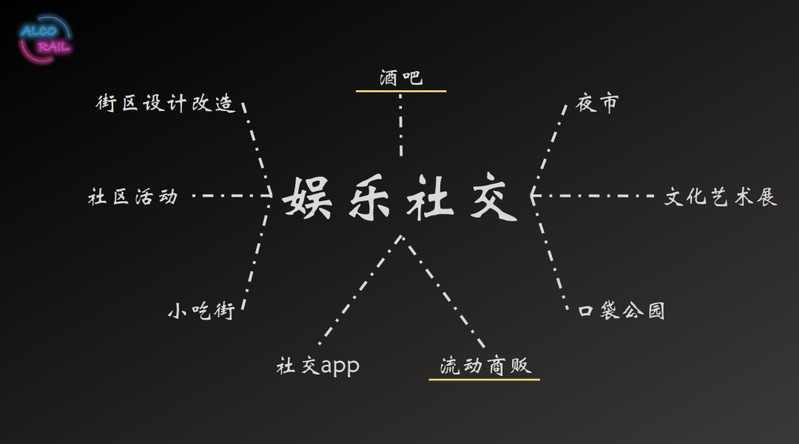
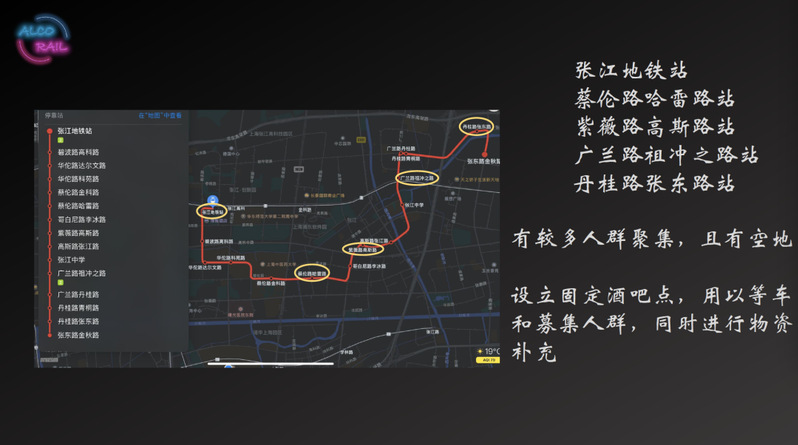
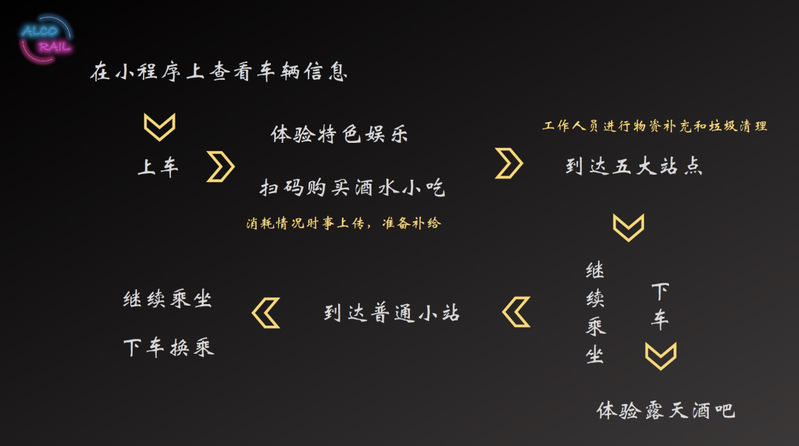
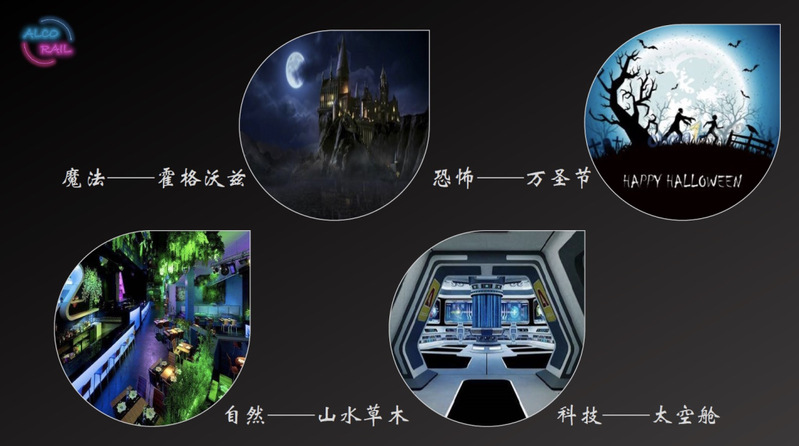
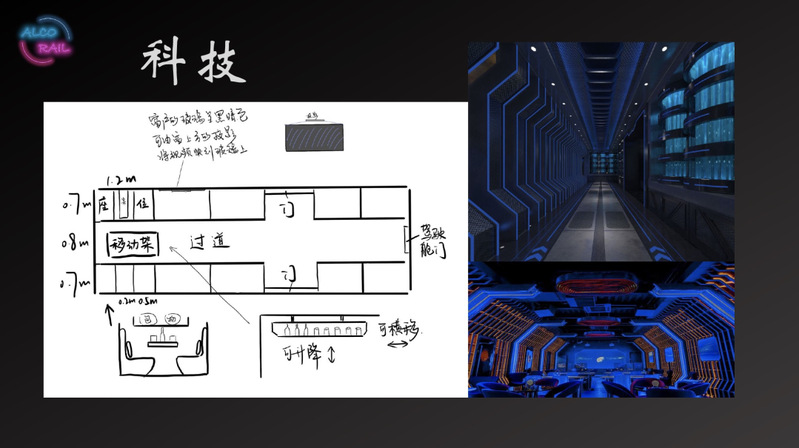
Zhang Jiang - Screen Connection
Team member:
Yiwen Chen, Shengxin Li, Yicheng Fan, Yiyang He
Focus on the problem: Residents lack a sense of belonging in Zhangjiang.
The tidal phenomenon in various communities in Zhangjiang is serious. For most people, it is just a work area, and it is like an empty city at night; the residential areas are not “entertained” and lack a sense of warmth, urban construction gives people a sense of loneliness, and community facilities are not fully utilized.
This group of solutions establishes an online platform by linking display screens in communities, streets, shopping malls, etc., and realizes interaction with the display screen in the cloud, allowing users to submit articles to the platform on the mobile phone, and the platform distributes the submitted content for display on the terminal display, thus Increase the emotional connection between residents and Zhangjiang and enhance the sense of belonging.
At the same time, in addition to displaying contributions, the community will also display photos of community activities, Quote of the Day, etc. on the display screen to enrich the content, increase contact and interaction, and enhance the sense of belonging.
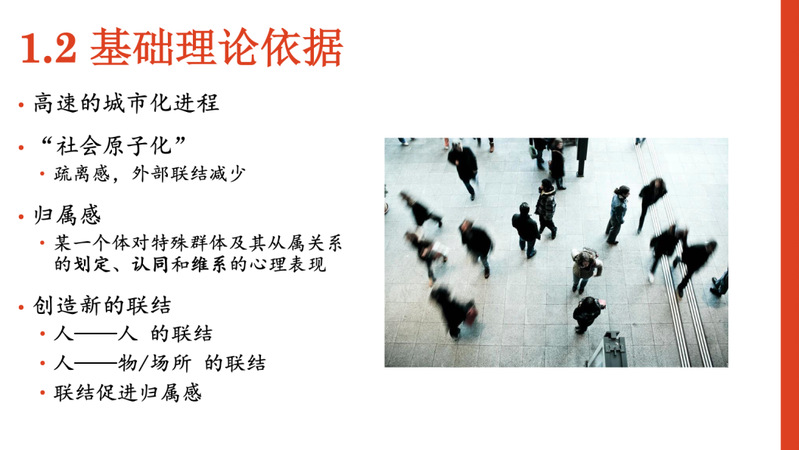
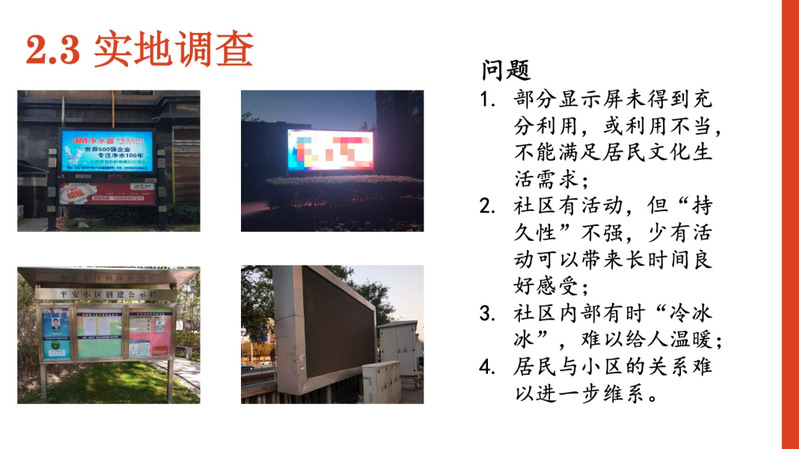
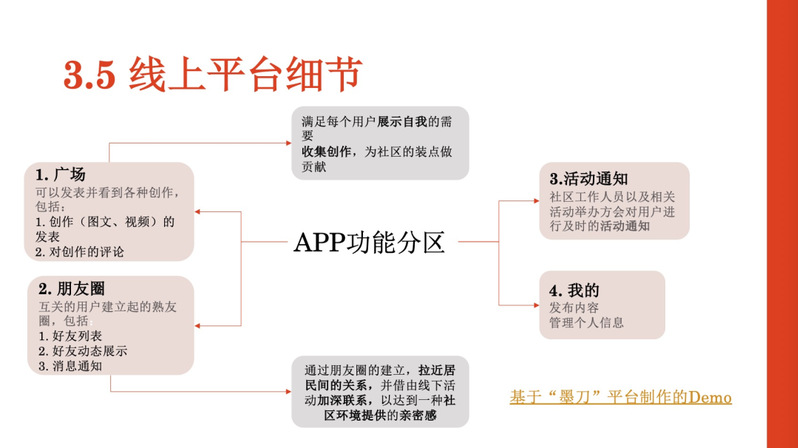
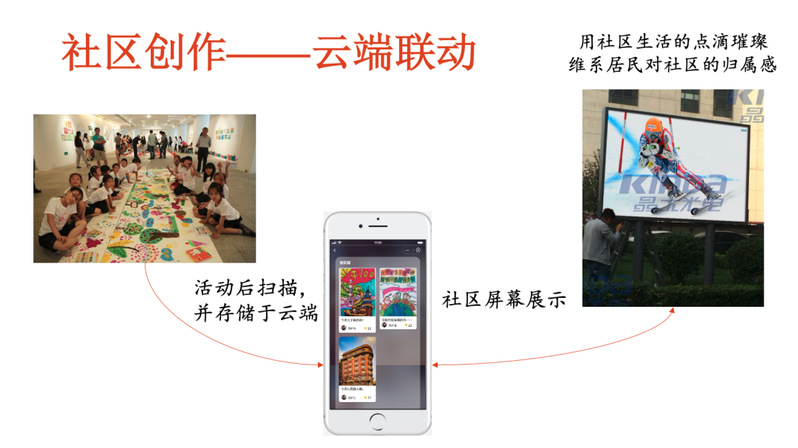
Highlights: The plan shows the life of residents, increases the emotional connection between residents and Zhangjiang, enhances interaction, and creates a further sense of belonging; effectively improving the utilization rate of idle resources in the community is a non-radical transformation; Conditions are reserved for future expansion of scale and organization of activities.
Subway Ideas
Team member:
Xiyuan Xu, Wenqing Cui, Yixuan Liu, Huaqiu Wang
Focusing on the stress release in the subway, it investigated the ways that office workers in Zhangjiang area want to release stress, such as listening to music, watching movies, reading books, shopping, etc. Then we propose to design special themed carriages to meet people's needs, such as music carriages, book carriages and so on. We also designed applets to optimize the user's experience, and made videos to demonstrate the expected effects. We want to make the subway not just a means of transportation, but a place for people to relax and communicate with each other.

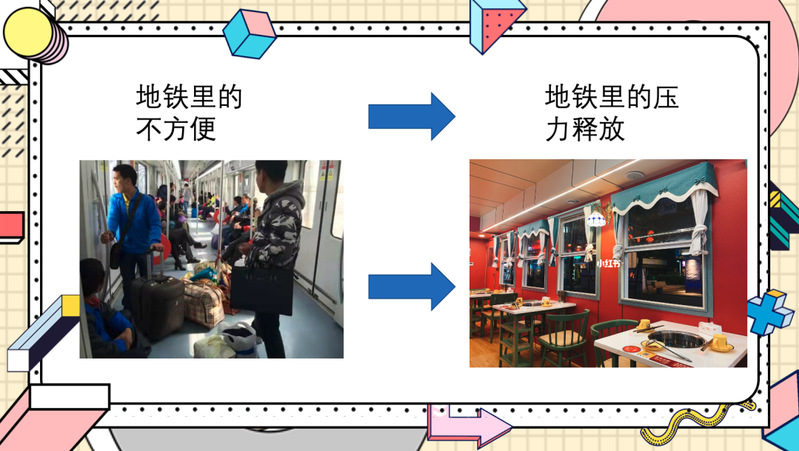
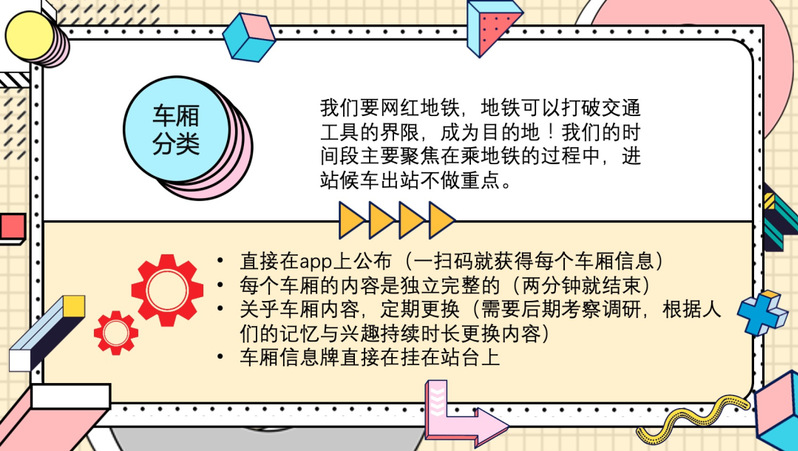
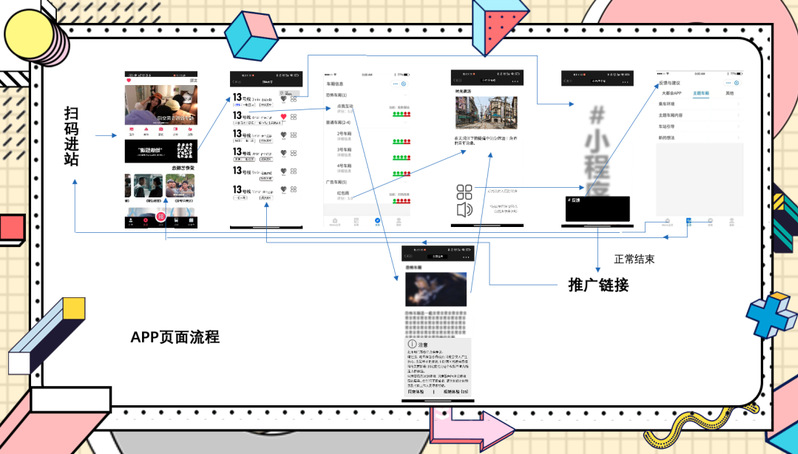
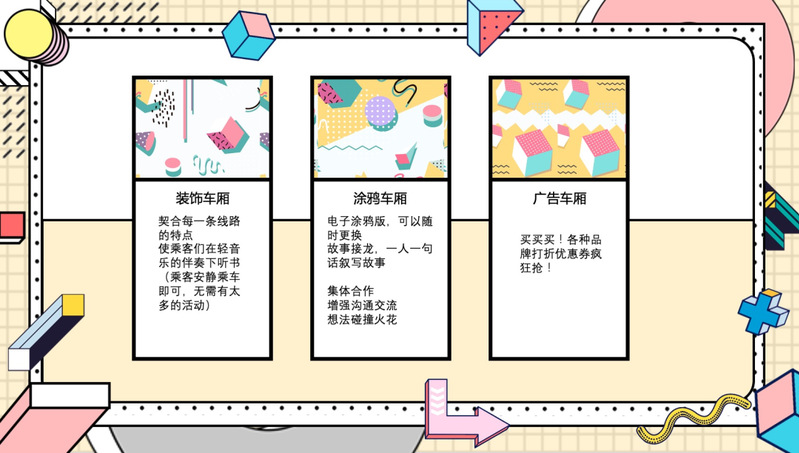
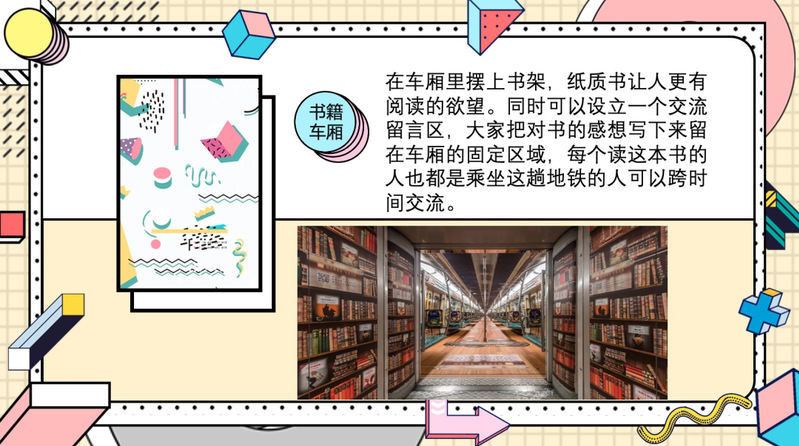
Happy planet
Team member:
Boke Chen, Runxuan Zhao, Zikang Chen, Shuyi Wang, Ziye Yang
Focusing on youth social issues in Zhangjiang Science and Technology Zone, it is committed to creating a new social software that can build trust between people. Through official data and field interviews and questionnaires, the software finally appeared in the form of simulation games that are different from traditional social software.
The software ensures the playability of products through daily incentives, personalized dress-up and other forms, and helps users find like-minded friends through discussion areas and exclusive project areas for different interest areas. Unlike most existing social software, this project is not limited to online, but pulls users from online to offline through users' bottom-up recommendation voting and the ultimate organization of platform leaders. This helps users communicate better.

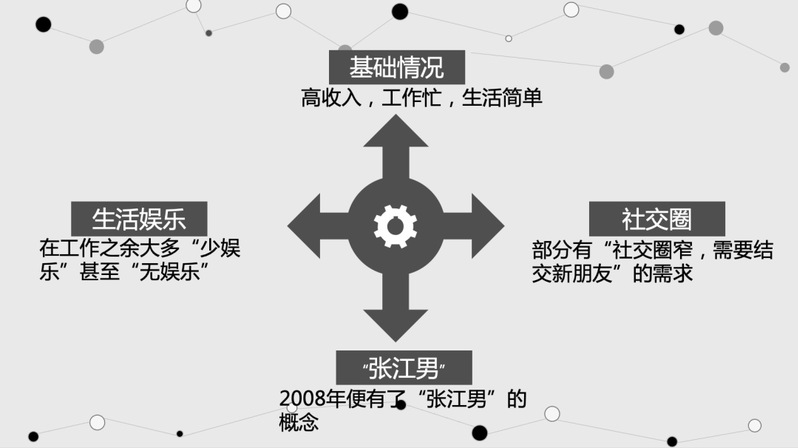
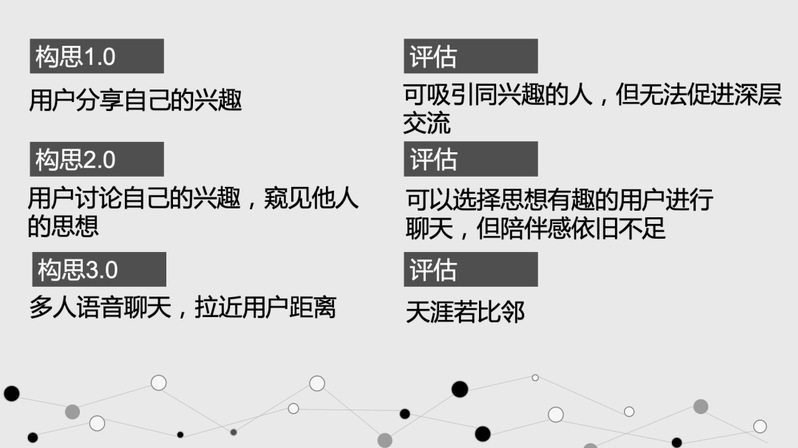
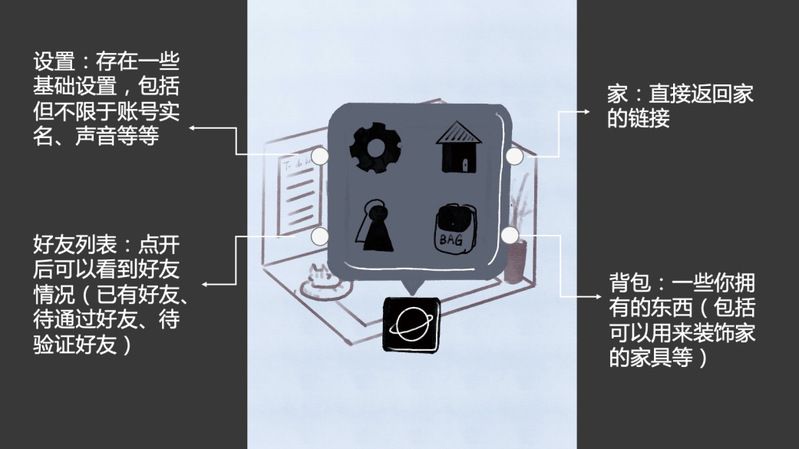
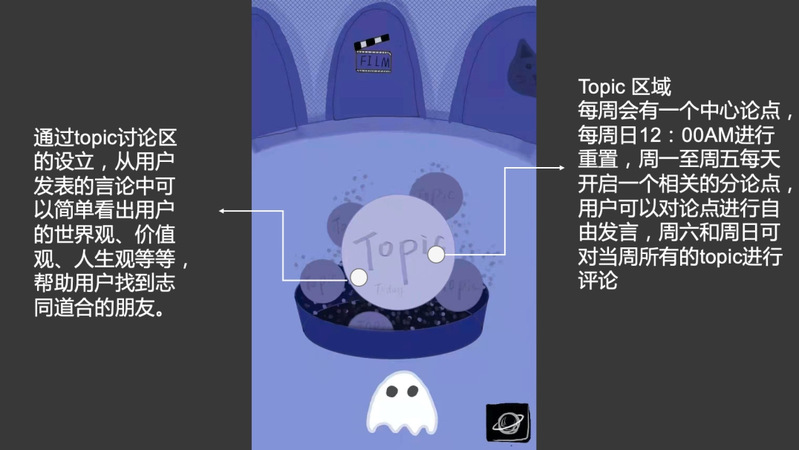
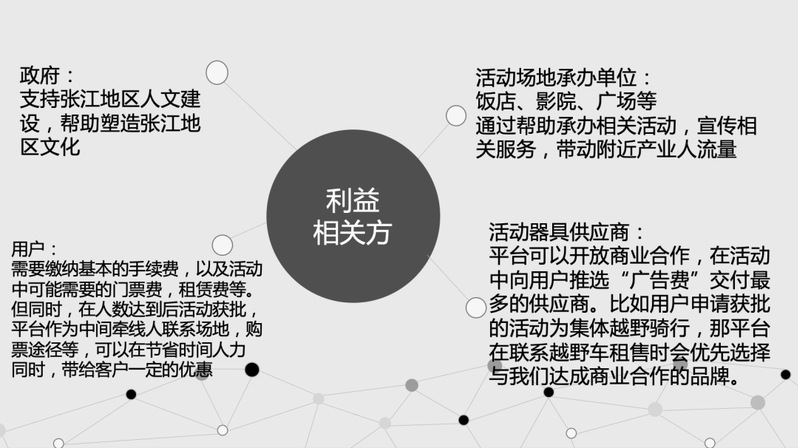
Delicious food•Eat all over
Team member:
Yubin Wang, Yiran Su, Dong Liang, Chenhao Xu, Xinhe Chen
A survey was conducted on the working conditions of office workers in Zhangjiang, and three problems were found: first, the centralized dining area was too crowded; second, the dining area in the office was too depressed; the centralized dining area was too far away. In response to the above problems, we have planned the solution of Delicious food•Eat all over. The plan builds an outdoor leisure art dining spot scattered around the company in the form of dots and lines, to achieve "decentralization", "de-suppression" and "de-distance", so that diners can relax physically and mentally while eating . This plan aims to build a Zhangjiang public area, build a resilient waterfront, and improve the happiness index of Zhangjiang people.
